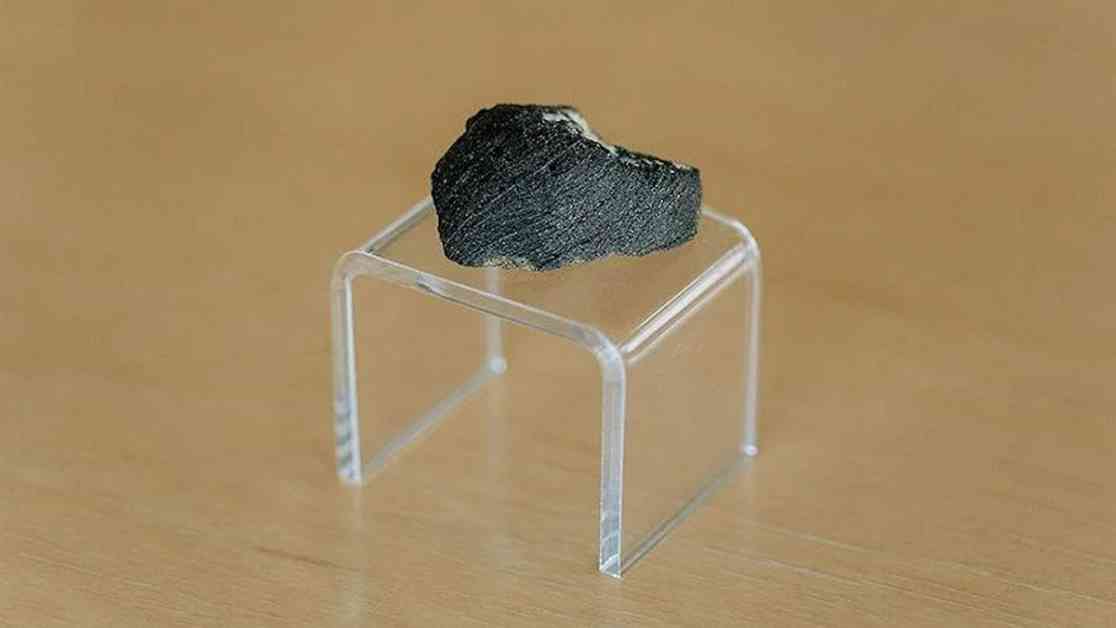A meteorite found in a university drawer in 1931 holds clues about ancient water on Mars, according to new research. The Lafayette meteorite, a small piece of glassy space rock, was discovered at Purdue University almost a hundred years ago. It wasn’t until the 1980s that scientists realized the gases trapped inside the rock matched the Martian atmosphere. Early studies also showed that minerals in the meteorite had interacted with liquid water, but the exact timing was unknown until now.
A recent study published in Geochemical Perspectives Letters reveals that the minerals in the meteorite are less than a billion years old. Lead author Marissa Tremblay, an assistant professor at Purdue University, explains that the water likely came from melting subsurface ice caused by periodic magmatic activity on Mars. By analyzing variations in argon molecules within the minerals, researchers determined the most precise age for the formation process. They also took into account the impact that ejected the meteorite from Mars, its time in space, and the heating it experienced upon entering Earth’s atmosphere.
While the exact date of the meteorite’s arrival on Earth is unknown, evidence suggests it landed in 1919. Trace amounts of crop fungus on its surface and reports of a student witnessing its fall during a fishing trip support this timeline. Despite potential factors that could have affected the age of the meteorite, the researchers confirmed that the aqueous alteration process remained undisturbed.
The significance of dating the meteorite’s interaction with liquid water extends beyond understanding Mars’ history. This method can be applied to other meteorites found on Earth or collected from missions to other celestial bodies. Tremblay emphasizes the importance of this robust dating technique for gaining insights into the presence of liquid water on various planetary surfaces.
By unraveling the mysteries of the Lafayette meteorite, scientists have unlocked a valuable tool for exploring the geological past of Mars and other worlds. The study opens up possibilities for future research using similar methods on different meteorite samples. This discovery not only sheds light on the ancient history of Mars but also paves the way for new discoveries in planetary science.










